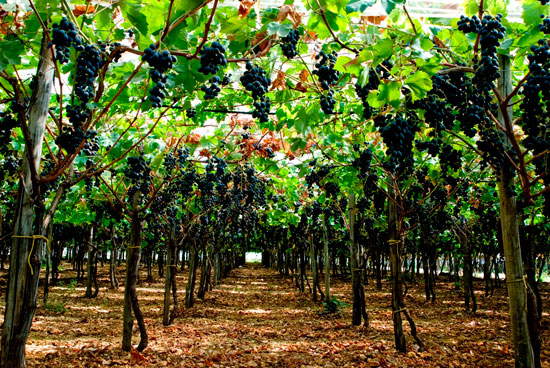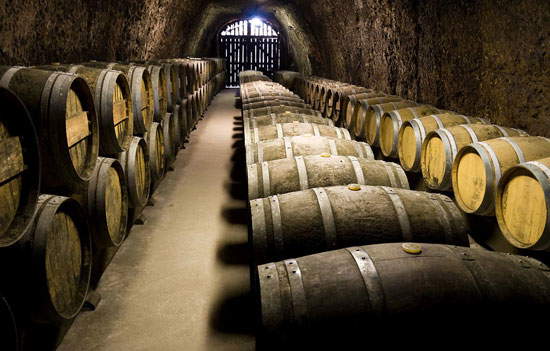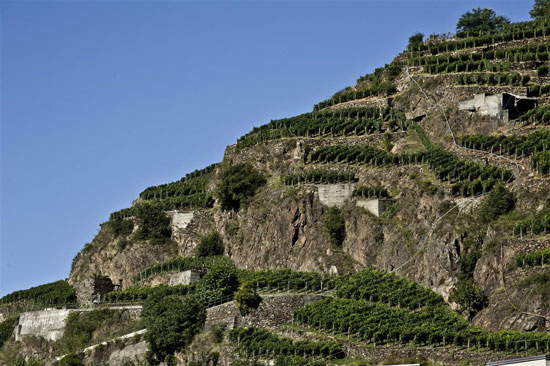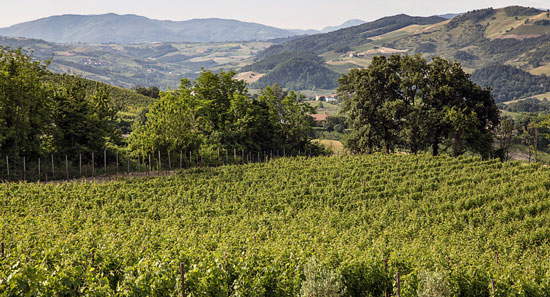Discovering the wines of Lombardy
Dear art lovers today let’s talk about wine! You may wonder what art has to do with wine. Watch this special installment of Ready to Go, read the article and you will find out. We dedicate a special to wines because they are one of the typical things that a traveler encounters on his way: there are flourishing of food and wine routes that are worth to be tackled, both to savor the products of the territory and to taste its cultural peculiarities.
September is the month of the grape harvest and, as mentioned in the previous article, I would like to continue a digression that slightly exits from artistic themes to focus on those more related to the art of taste, limiting myself on this occasion to describing the wine offer of the most populated region of Italy, Lombardy. It is true that, if we talk about wines, one does not immediately think of Lombardy, other well-known wine realities of the peninsula come to mind, precisely for this reason I would like to invite you to discover three macro-areas that make this region of mine proud of its products.
Let’s start with Franciacorta, an area south of Lake Iseo in the large province of Brescia. These world-famous wines are linked to a deep-rooted tradition that dates back to the year 1000 when monks began their productions, which have nothing to envy to the (perhaps) more famous French Champagne obtained through the so-called champenoise method that consists of a double fermentation. The first at 20-22° in oak barrels or steel tanks from wine made from sour grapes; this is followed by racking with the removal of sediment, then blending with wines from other areas and vintages takes place, and then it is bottled with the addition of sugar, wine and yeast. The second fermentation takes place in the same bottles, which are stored for a year or more in cool cellars; inside them, the yeast converts sugar to alcohol (alcoholic fermentation) with the production of carbon dioxide (the bubbles); the yeast after acting tends to settle, this is prevented by the gentle agitation that is inflicted on the bottles each day. The process ends with the addition of a variable amount of sugar in order to regulate the sweetness of the wine before it is finally corked.
 |
| A vineyard in the Brescia area |
 |
| Bottles in a Franciacorta winery |
This classic method can undergo some variations and is the same one used in Franciacorta. In this regard, it is fair to wonder about the origin of this curious toponym, which would seem to derive from the ancient appellation franca curte, referring to the vast monastic property exempt from taxes, or it could allude to the brief (hence short) stay of Frenchman Charles dAnjou and his troops in this land from which they were driven out in 1266. Another legend says that Charlemagne, having conquered Lombard Brescia in 774, set up camp at Rodengo Saiano and when the time came to celebrate the feast of St. Dionysius, which he had vowed to celebrate in Paris, he settled the matter by decreeing that this land was like a “little France” and ordered that the whole area be called that.
We move from the prestigious sparkling wines to the so-called table wines among which there are two major productions, Valtellina and Oltrepò Pavese. In the first case, growers had to struggle to find room for their vines by making terraces in steps on the valley’s mountain slopes. Full-bodied red wines are produced here, but it is also the only area in Lombardy where Nebbiolo locally called Chiavennasca is produced.
LOltrepò pavese is historically the area that already in the Middle Ages supplied Milan with wine thanks to river trade through the Po, Ticino and navigli. The hills of the Oltrepò are thriving, and grapes capable of producing whites, reds and rosés grow there.
 |
| The terraces of the Valtellina |
 |
| Landscape of the Oltrepò Pavese. |
Lombardy is the region that has preserved the ancient tradition of grape festivals the most: in San Colombano al Lambro, south of Milan, on the border with the province of Lodi, the Sagra delluva is held on the fourth Sunday in September, with a traditional parade of floats and a crushing competition.
Then, in both Franciacorta and Valtellina, various events of open cellars are held, gastronomic itineraries culminating in typical tastings. To mention one in Morbegno in the province of Sondrio, Morbegno in cantina is held in early October.
So all you have to do is set out to discover one of the many villages in Lombardy and reconcile a visit to the artistic beauty with some tasting of typical products and, of course, a good glass of wine. And since it is customary to say in vino veritas I must confess to you that in all truth the one who is writing to you is not such an assiduous wine drinker. Mask down then, I cannot call myself a teetotaler, but I am on that path, do you believe me? Hich !!!
Trivia of the episode: Out of 33,000 hectares, the Lombard wine scene is composed of no less than 5 DOCGs and 22 DOCs, a very respectable production.
Warning: the translation into English of the original Italian article was created using automatic tools. We undertake to review all articles, but we do not guarantee the total absence of inaccuracies in the translation due to the program. You can find the original by clicking on the ITA button. If you find any mistake,please contact us.




























